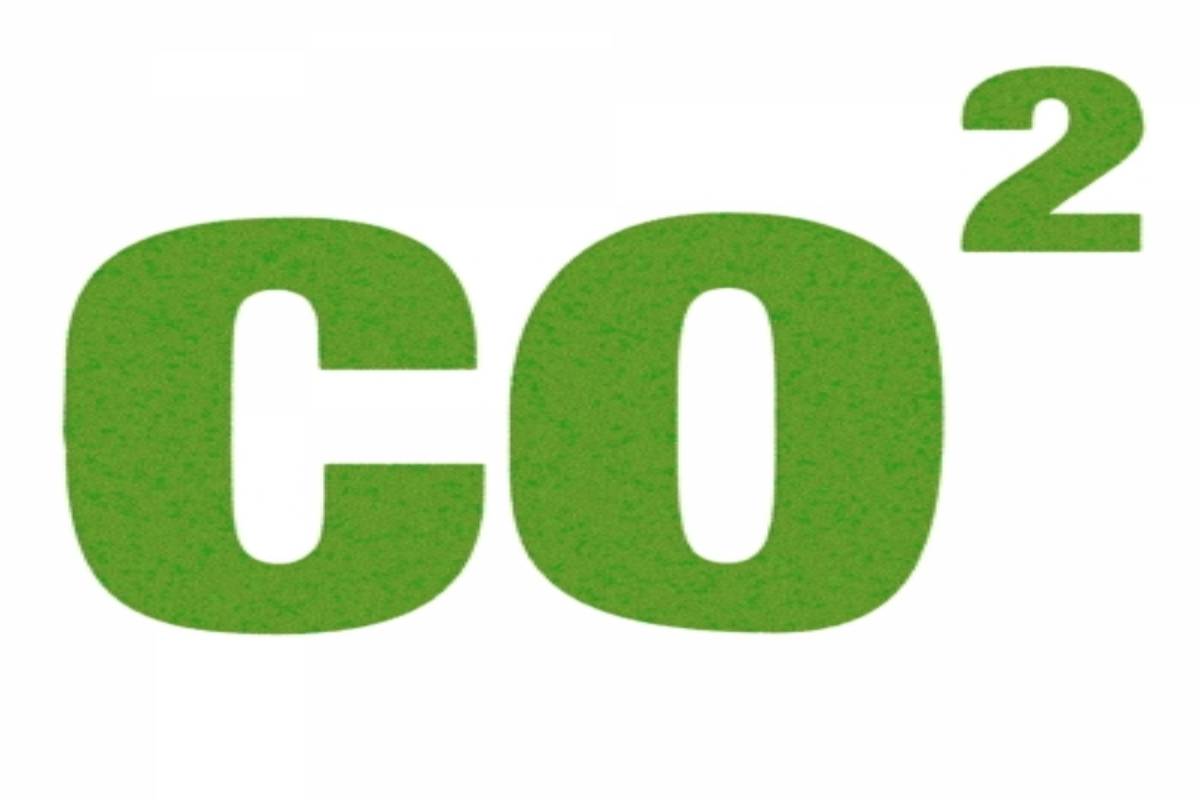Indian scientists have designed a cost-effective, metal-free catalyst to convert carbon dioxide (CO2) to methane by absorption of visible light, an official statement said on Wednesday.
Research is underway on efforts to convert CO2 into value-added products, and methane (CH4) could be one of these products with significant uses as the cleanest burning fossil fuel and of direct use in fuel cells as a hydrogen carrier.
It is also the main component of natural gas and has the potential to replace coal for electricity generation and furnishing flexible supply to reinforce intermittent renewable generators.
There are several ways in which CO2 can be reduced, including photochemical, electrochemical, photo-electrochemical, or photo-thermal means, and so on. The photochemical process utilises solar light as a renewable energy source.
As per the Science and Technology Ministry statement, there are some key requirements of a photo-catalyst to convert CO2 into value-added products, which rely upon the light-harvesting property, charge carrier (electron-hole pair) separation proficiency, and presence of proper electronically aligned conduction band.
“Thus, it is a challenge to reduce CO2 to CH4 selectively and efficiently. Only a handful of catalysts are able to reduce CH4 selectively and efficiently, and most of the catalysts contain metal counterparts which are toxic and expensive,” it said.
In order to overcome this challenge, a team of scientists from Jawaharlal Nehru Centre for Advanced Scientific Research, have designed a metal-free porous organic polymer in such a way that it will be able to absorb visible light and catalyse the CO2 reduction reaction as well.
This work has been accepted for publication in the Journal of American Chemical Society.
“The utilisation of a cost-effective, metal-free system with a high production rate of CH4 can lead to a new strategic way to assemble carbon capture and reduction based on efficient porous heterogeneous catalysts,” the release added.












